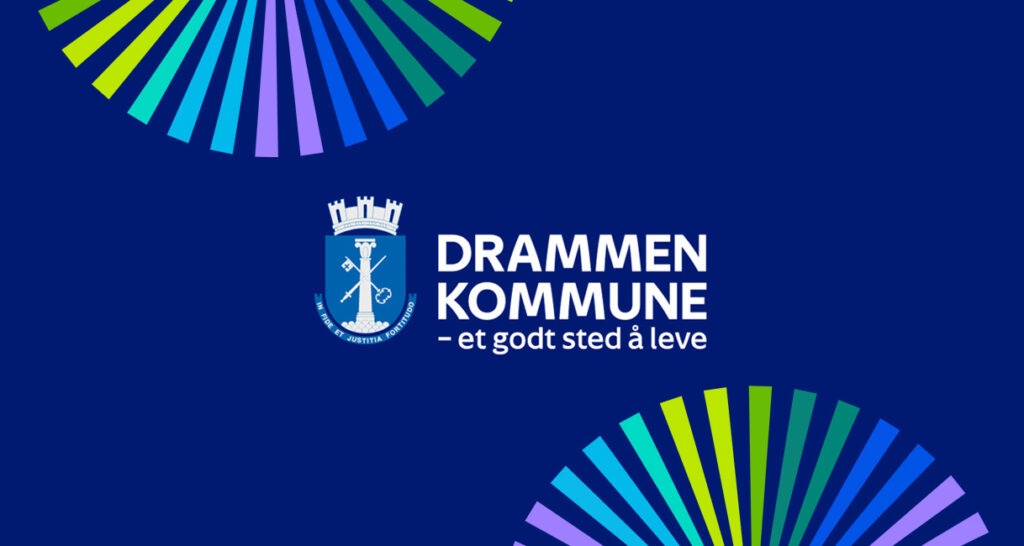Resources

Brochure
Trintech and Workday
Workday and Trintech have partnered to empower finance and accounting teams with powerful, integration-based solutions that enhance the financial close process by targeting challenges stemming from complexity, scale, and manual tasks. Trintech offers faster and more precise control of complexities in the financial close process, further strength…
Read more

Blog post
Manual vs. Automated Balance Sheet Reconciliations
With a shrinking finance and accounting workforce, organizations need to reevaluate their strategy for attracting and retaining top talent. Manual, low-value processes like balance sheet reconciliations cause teams to focus the bulk of their time on repetitive tasks as they complete the financial close and keep them from becoming strategic partn…
Read more

Case Study
20 Years of Effective Reconciliations in Drammen Municipality
Time Savings with Adra Matcher Drammen Municipality, one of Norway’s largest cities, handles large amounts of transactions in its daily operations. With over 6,000 employees, the need for effective financial tools has been crucial for many years. Marit Holm Hansen, consultant in Drammen Municipality, shares how Adra Matcher has automated and s…
Read more

White Paper
6 Ways to Transform CFOs and CIOs Into a Dynamic Duo
Partnering to Drive Finance Digital Transformation Amidst the ongoing economic strains, businesses around the world are confronting significant challenges in 2024. Among these challenges, a sense of workforce uncertainty looms large, exacerbated by heightened attrition and a dwindling talent pool. Meanwhile market dynamics are undergoing signifi…
Read more










